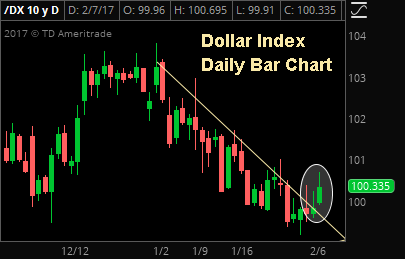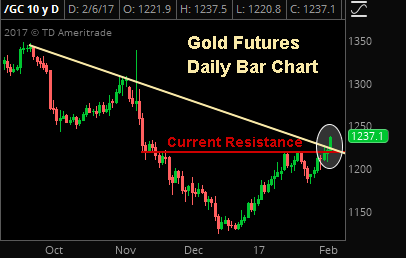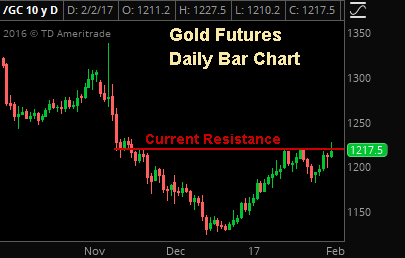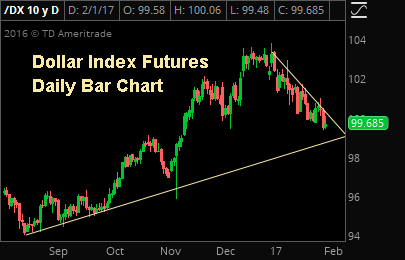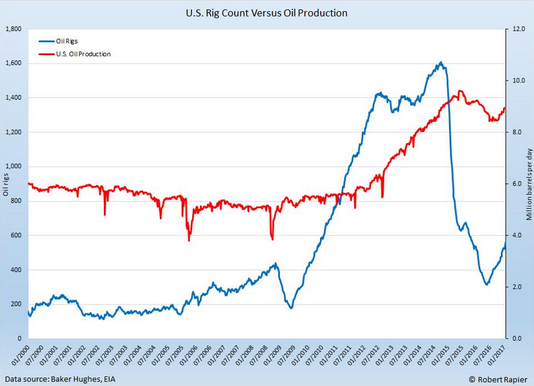Bond Bubble
A friend who runs a successful tax lien fund called me this past weekend with an interesting story.
The portfolio manager of one of the biggest institutional investors, a $2-plus billion multi-family office on the West Coast, called him last week and told him to expect a bigger allocation soon because he (the PM of that multi-family office) had reduced the fund’s corporate bond exposure to 0%.
Bond Bubble
The reason: Liquidity fears.
 That PM believes, like I and others do, that the bond market (especially the corporate bond market) is a bubble that has started to pop. And while so far the decline in bonds has been somewhat orderly, this PM believes the risk to corporate bond funds is enough that he wants zero exposure in the fund.
That PM believes, like I and others do, that the bond market (especially the corporate bond market) is a bubble that has started to pop. And while so far the decline in bonds has been somewhat orderly, this PM believes the risk to corporate bond funds is enough that he wants zero exposure in the fund.
Specifically, he thinks that the enormous amount of capital that has flowed into bond funds and ETFs over the past several years represents a real liquidity risk to the corporate bond market.
The reason is two fold. First, much of that money has flowed into funds and ETFs, which must provide daily liquidity—and a lot of the specific corporate bonds these funds and ETFs own simply don’t have good daily liquidity. Second, due in part to Dodd-Frank, bond dealer desks and inventory have been significantly reduced, meaning there are less available buyers in the event of a stampede towards the exits.
Add on top of that the potential for algorithms to exacerbate moves across asset classes, and we now have the potential for a very small opening for a very large crowd should a selling rush occur.
Now, this PM isn’t unique in his fear. In fact, I’ve spoken to some readers about this very scenario. But what caught me as particularly interesting about this story is that the PM of this multi-family office took the corporate bond exposure to 0%.
Having been on the buy side, I know he must have a lot of conviction to take that exposure to zero. As we all know, corporate bonds have massively outperformed over the past few years, and investors will ask why he’s dumping something that’s worked so well. Bottom line, zero exposure requires a lot of conviction—and a good explanation.
Of course, this is just one story, and while my friend vouches for this PM’s intelligence and experience (he was the PM of this multi-family office through the 2008 crisis), I don’t know him personally.
Still, to reinforce the point, the PM told my friend that he believes his fears were confirmed because when he tried to sell the final $10M worth of corporate bonds in the portfolio, and it took him two days to get reasonable bids on all the individual bonds.
Bottom line, I’ll be the first to admit I’ve been early trying to get ahead of any damage from the bursting of a bond bubble… but that doesn’t mean it won’t happen. I also think that if we see the bond decline accelerate, it
could easily become the biggest potential negative for asset markets that we’ve seen since the financial crisis.
I’m going to continue to look out for this, because if I can help everyone avoid what I think will be one hell of a mess in a declining bond market, I’ll have paid for myself for years!
Economics
- December Trade Balance was -45.0B vs. (E) -44.3B.
- December JOLTS (job openings) declined to 5.501M from 5.505M.
Takeaways
Data was mixed yesterday as the Trade Balance was slightly smaller than expected (a nominal positive), while JOLTS (Job Openings and Labor Turnover) were slightly lower than expected (a nominal negative).
But, neither number is influencing anyone’s outlook on the economy, as the December Trade Balance won’t have any effect on Q4 GDP while JOLTS remains generally strong over a longer time horizon, and other employment metrics remain good (most recently the monthly jobs report).
